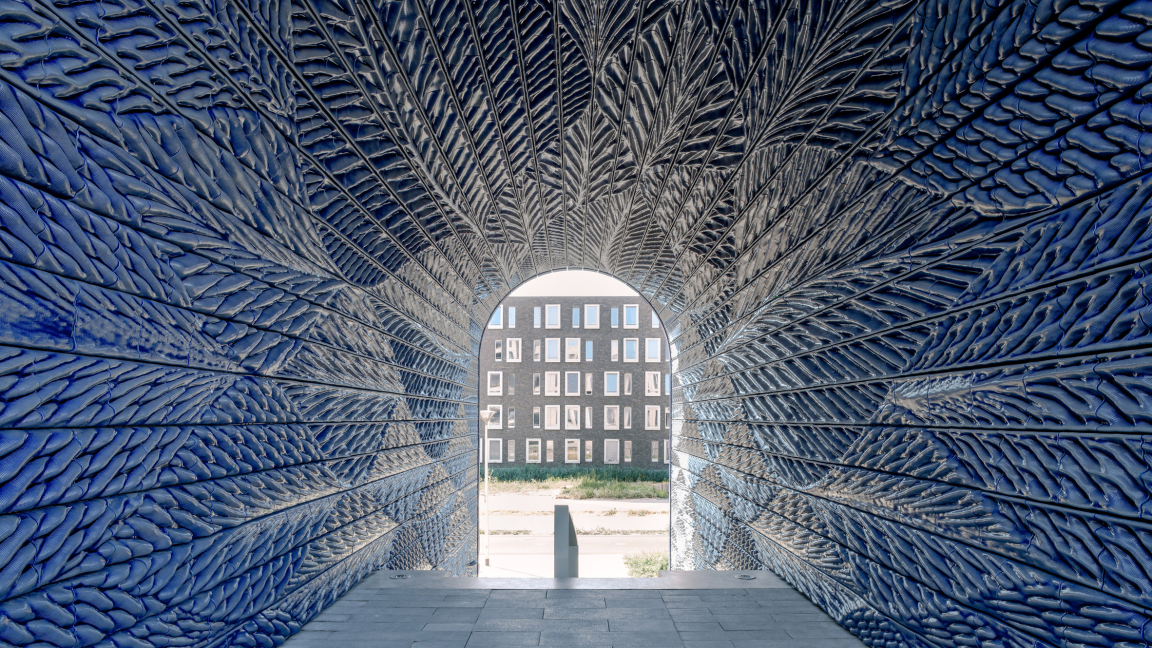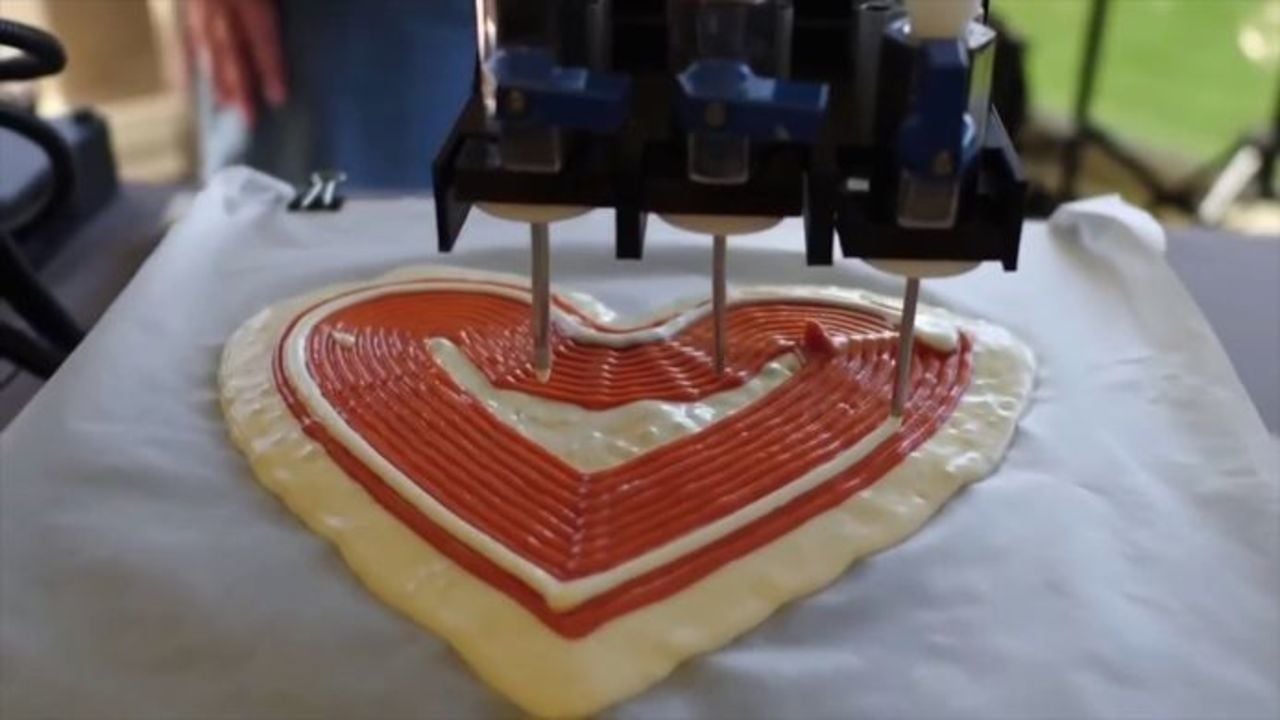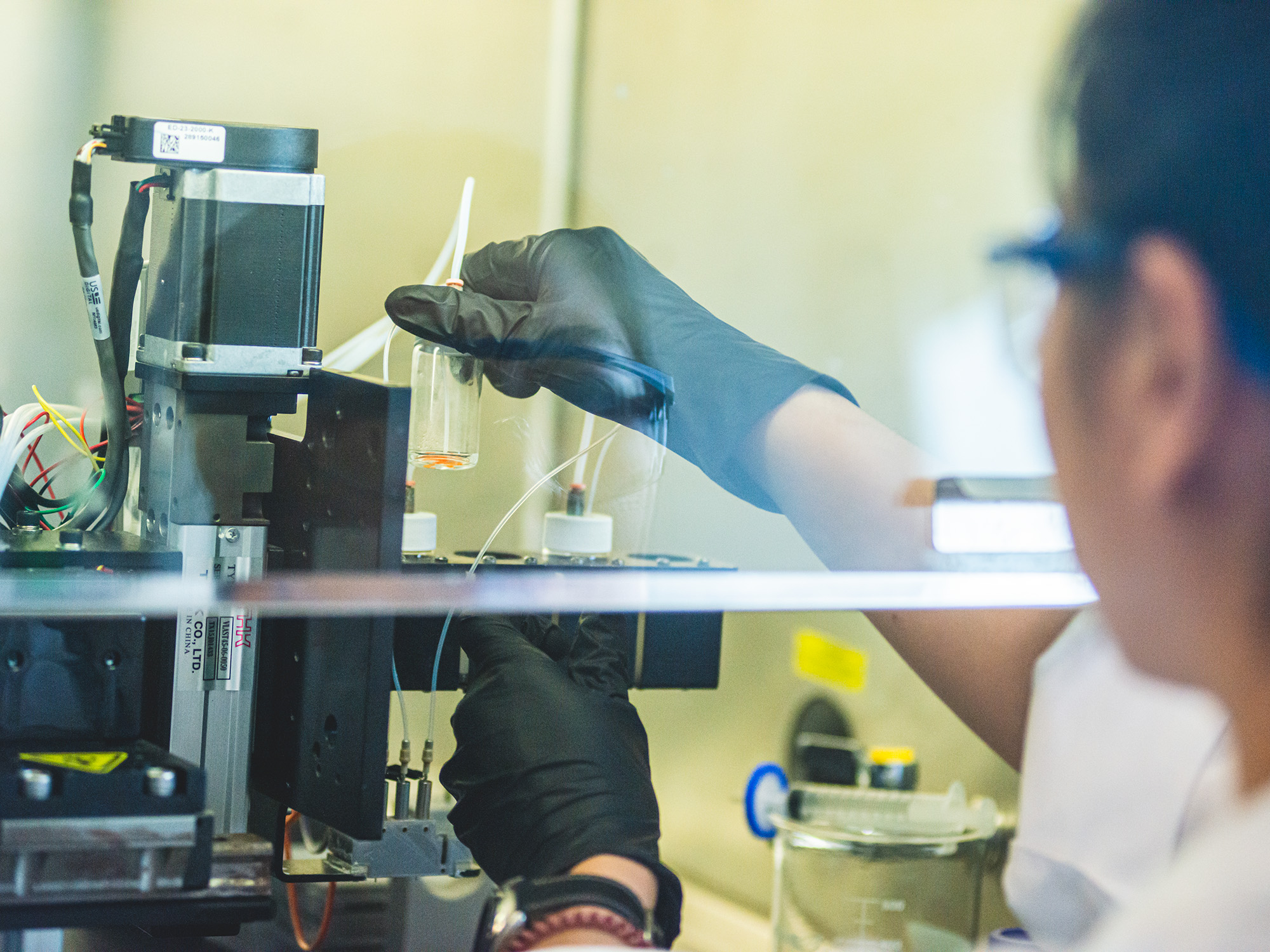What’s the Weirdest Thing You Can 3D Print? Here’s What We Found
Written by UPrinting ● Updated on January 8, 2025
3D printing has evolved into an extraordinary technology that continues to break boundaries. What was once an exclusive tool for engineers and designers is now available to hobbyists, inventors, and even chefs. Whether it's printing a personalized trinket or crafting an entirely new type of food, the possibilities are endless. From creating intricate designs in fashion to printing entire houses, this technology is making waves across multiple industries.
But beyond the everyday applications, there are some truly strange and mind-boggling creations that have been brought to life with 3D printers. We’ve covered some of these in the past, but we’ve got a lot of new ones to cover. Some of these inventions are practical, others are purely artistic, and some even push the limits of what we thought was possible. Here’s a look at the weirdest and most intriguing things that have been 3D printed so far.

1. Wedding Dress
Dutch designer Iris van Herpen created the first-ever 3D-printed wedding dress for a bride, combining fashion and cutting-edge technology. The unique dress was tailored to perfection using a 3D scan of the bride’s body, and required 600 hours to create. It exemplified a seamless blend of elegance, tech innovation, and artistry.

2. Beef Steaks
3D printing is revolutionizing the food industry, and companies like Steakholder Foods are printing real beef steaks. Made from cultivated meat, these steaks mimic the texture and taste of premium beef but are produced ethically, eliminating animal slaughter. This innovative process promises a sustainable future in meat production.
:focal(1920x1435:1921x1436)/https://tf-cmsv2-smithsonianmag-media.s3.amazonaws.com/filer_public/bd/05/bd05544d-6b32-4d45-878e-ee3625b54984/el_cosmico_3d-printed_hotel_exterior_marfatx_concept-render.jpeg)
3. 3D-Printed Hotel
The world’s first 3D-printed hotel is currently being built in Marfa, Texas. Using a massive 3D printer the size of a crane, this project aims to deliver unique architectural designs that wouldn’t be possible with traditional construction methods. The 3D-printed hotel is set to feature curvy walls and creative domes, allowing for maximum creativity and customization.

4. Architecture Projects
3D printing is reshaping the construction industry, offering possibilities that were once unimaginable. From the New Delft Blue archway, crafted by Studio RAP, to entire eco-friendly homes made from raw earth, 3D printing allows architects to push boundaries with complex geometries and sustainable materials.

5. Racing Gloves
Wheelchair racing gloves are being 3D printed to meet the specific needs of athletes. These lightweight, durable gloves are made with a composite material that’s not only stronger than traditional gloves but also more comfortable, offering athletes a competitive edge in races.

6. Human Organs
Scientists are working toward printing human organs using 3D printing technology. Incredibly, researchers have already printed working tissue samples, including liver cells and skin layers, which could one day make organ transplants faster and more accessible, eliminating the need for organ donors.

7. Pizza
3D-printed pizza is one of the most intriguing applications of 3D food printing. Using an extruder, the printer layers dough, sauce, and toppings to create the perfect pizza in just minutes. This method of food creation opens endless possibilities for customization and nutritional control.

8. Medical Implants
3D printing is making personalized medical implants a reality. By using a patient’s exact medical data, implants such as knee replacements and bone plates can be designed to fit perfectly, offering improved comfort and faster healing times compared to traditional implants.

9. Supercar
The Czinger 21C supercar uses 3D printing to produce large sections of its chassis, revolutionizing car manufacturing. The car boasts a hybrid powertrain, incredible performance specs, and a fully 3D-printed structure, demonstrating the potential of 3D printing in high-performance engineering.

10. Coral Reefs
Reef Design Labs has been using 3D printing to create artificial coral reefs, helping to restore marine ecosystems. Their Modular Artificial Reef Structure (MARS) can be easily assembled underwater by divers, offering a sustainable solution to support coral growth.

11. Human Skin
3D-printed skin is being developed for use in reconstructive surgeries and cosmetic testing. By printing multiple layers of skin, including the hypodermis (fat tissue), scientists are creating a solution for quicker and more natural healing of wounds and burn victims.

12. Artificial Leaf
In the pursuit of sustainable energy, researchers are using 3D printing to create artificial leaves that can mimic photosynthesis. These 3D-printed microleaves have the potential to absorb CO2 and convert it into useful energy, offering a new way to address environmental challenges.

13. Art Restoration
3D printing is transforming the field of art restoration, allowing restorers to digitally recreate missing pieces of ancient sculptures and artifacts. From recreating fingers of a historical sculpture to restoring Renaissance artworks, this technology is making preservation efforts more efficient and precise.
3D printing is not just a tool; it’s a gateway to a new era of innovation. With each new creation, we are discovering more about what’s possible when imagination meets technology. From personalized wedding dresses to the restoration of ancient art, 3D printing has proven to be a powerful, albeit sometimes strange, force for change. As the technology continues to evolve, there’s no telling what other bizarre and groundbreaking items we’ll see printed in the near future. Whatever the case, the weirdest things printed on 3D are a testament to human creativity—and there’s no limit to what’s next. For more weird 3D printing ideas, click here.
